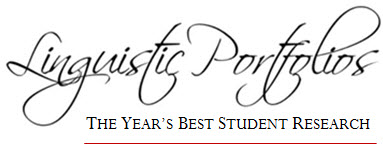
Abstract
Noise-induced annoyance methodology is applied to infant cry to gauge which of the three acoustic determinants of cries frequency in Hz, intensity in dBA, and duration in hours, minutes, or milliseconds is/are the most annoying to parents and caregivers. The main finding is that in cries, as in many other annoying noises, intensity in dBA is the most aversive correlate. The path leading to this finding is not linear, but rather a tortuous one because many issues and definitions had to be discussed first. In so doing, the smallest unit of a cry had to be established. This led subsequently to the discussions of cycles of cries, cry bouts, cry bioacoustics, noise, annoyance scale, and more. The cries that trigger Shaken Baby Syndrome (SBS) and Abusive Head Trauma (AHT) are described impressionistically by Barr (2014) as those modified by seven adjectives, namely “prolonged, hard-to-soothe, unpredictable, unexplained, uncontrollable, alarming, and inconsolable cries.” These impressionistic labels are translated into measurable intensity indexes on a four-point annoyance scale. Future technological and practical mitigation solutions that can help reduce incidences of SBS and AHT are discussed.
Recommended Citation
Koffi, Ettien
(2023)
"INFANT CRY ANNOYANCE SCALE AND INDEXES,"
Linguistic Portfolios: Vol. 12, Article 3.
Available at:
https://repository.stcloudstate.edu/stcloud_ling/vol12/iss1/3


